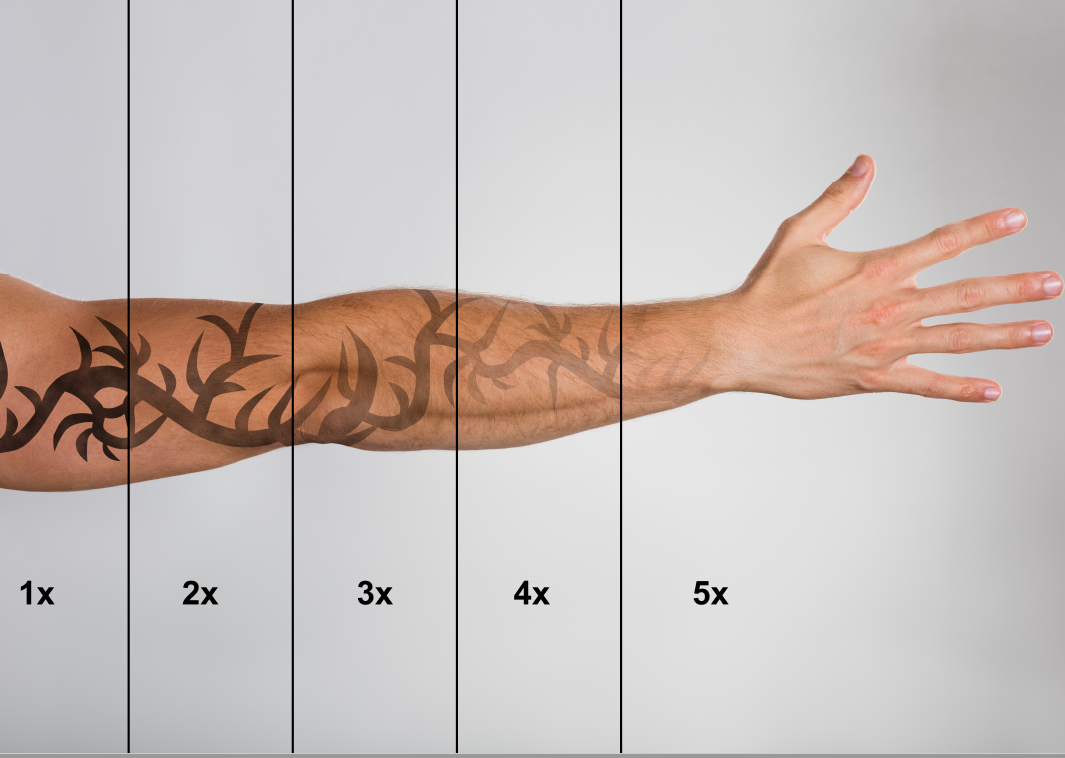Laser Tattoo Removal
Laser Tattoo Removal
Booking an appointment at Jacob Samuel Clin:c is your first step to removing that unwanted tattoo from your body. We provide a safe and effective laser tattoo removal treatment in South Yorkshire, whilst using the most up-to-date laser machine. We can treat black, blue, red and green ink tattoos using the Q-Switch System. Unlike salon machines, which can only reduce tattoos, our medical graded laser is powerful enough to fully remove them.
You Asked, We Answered
You Asked, We Answered






